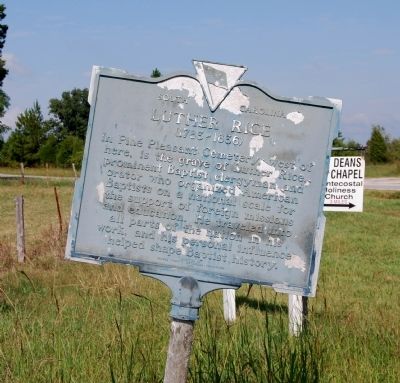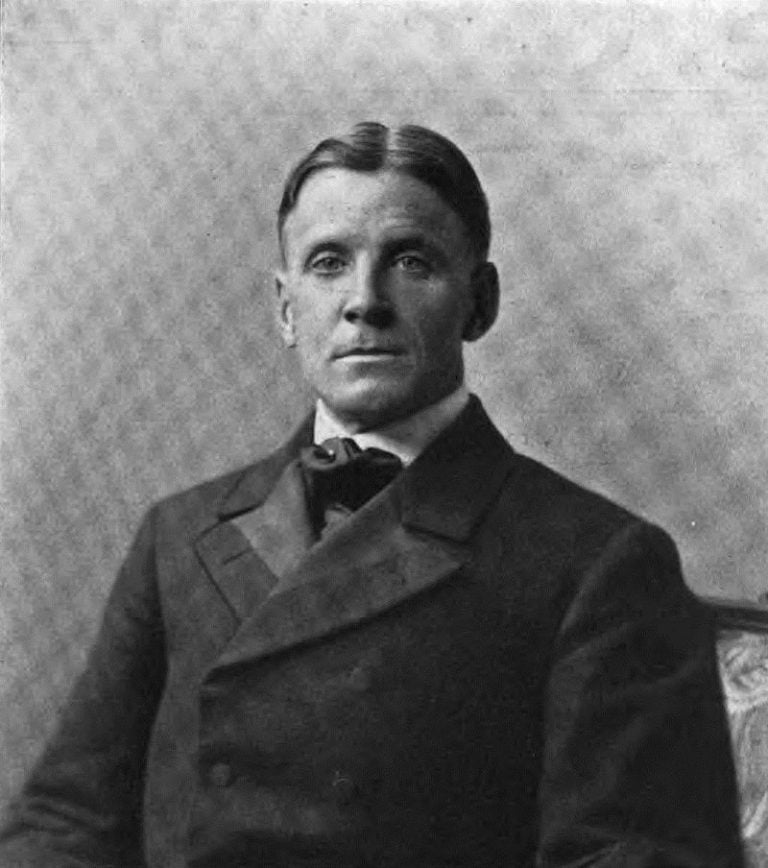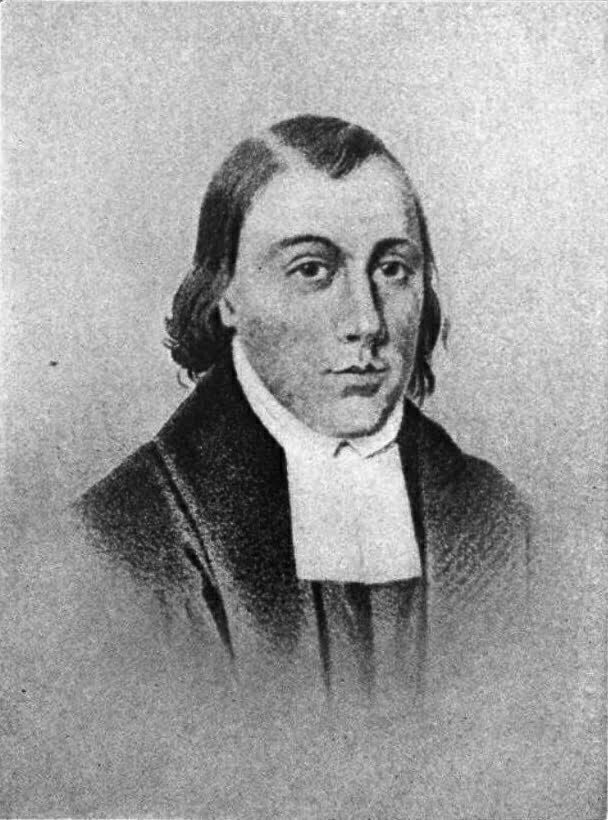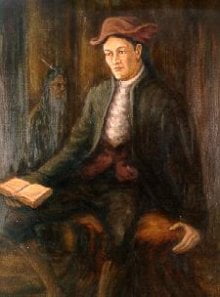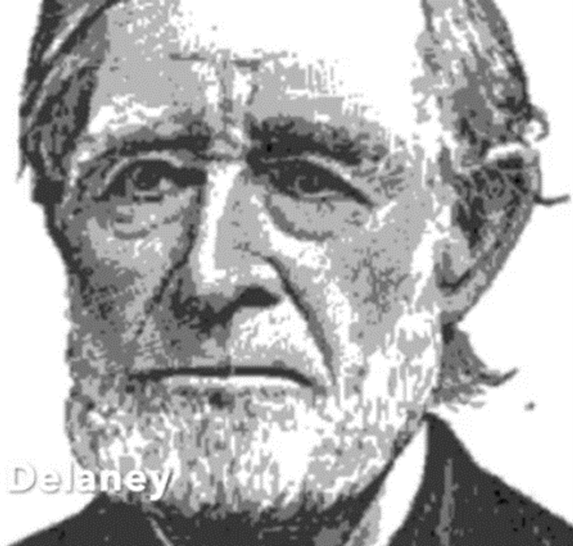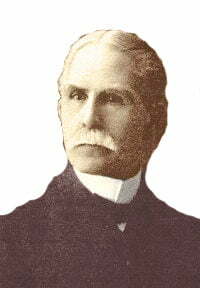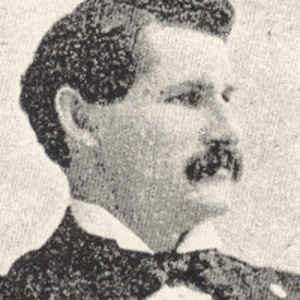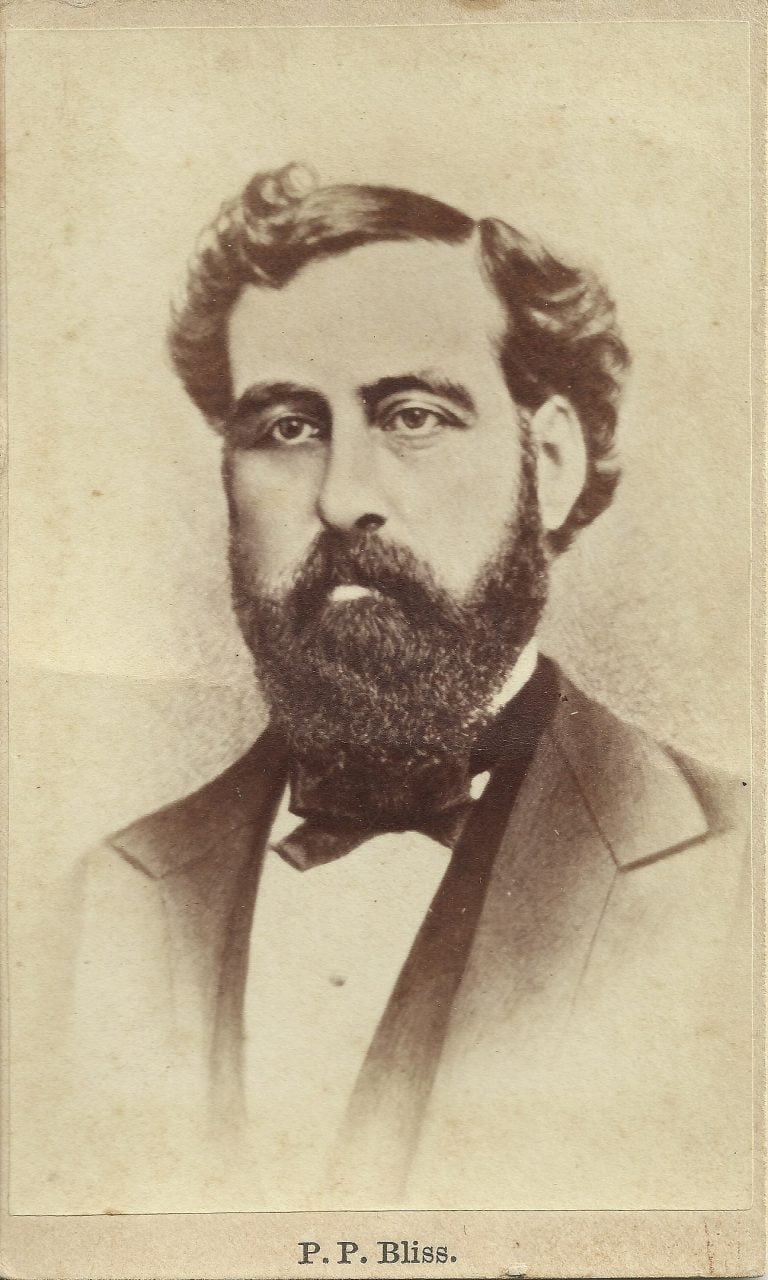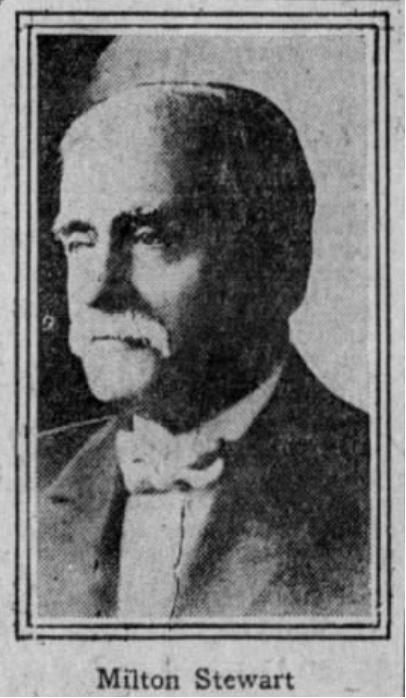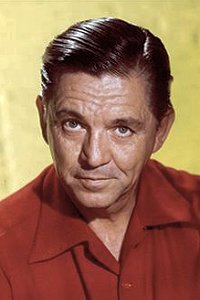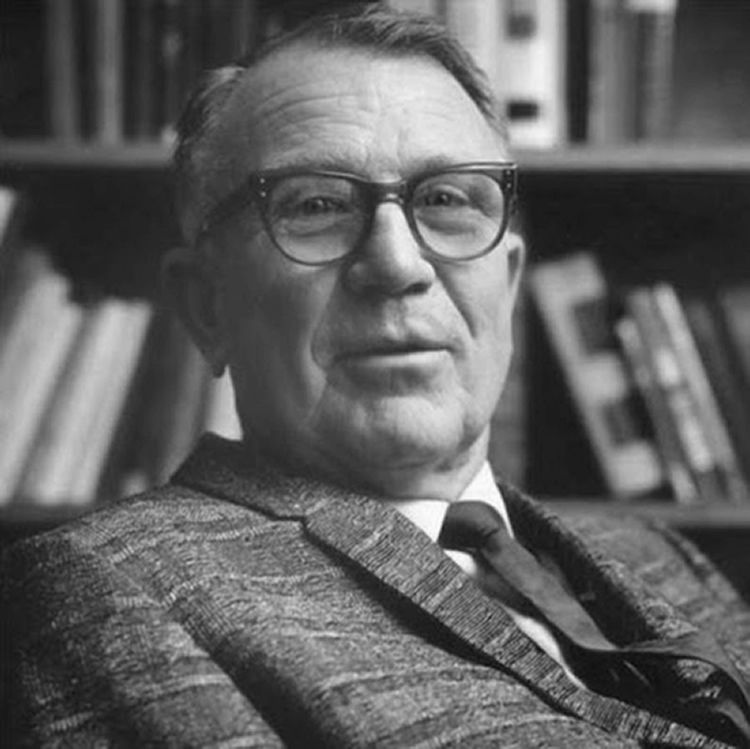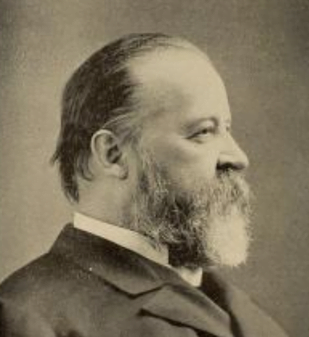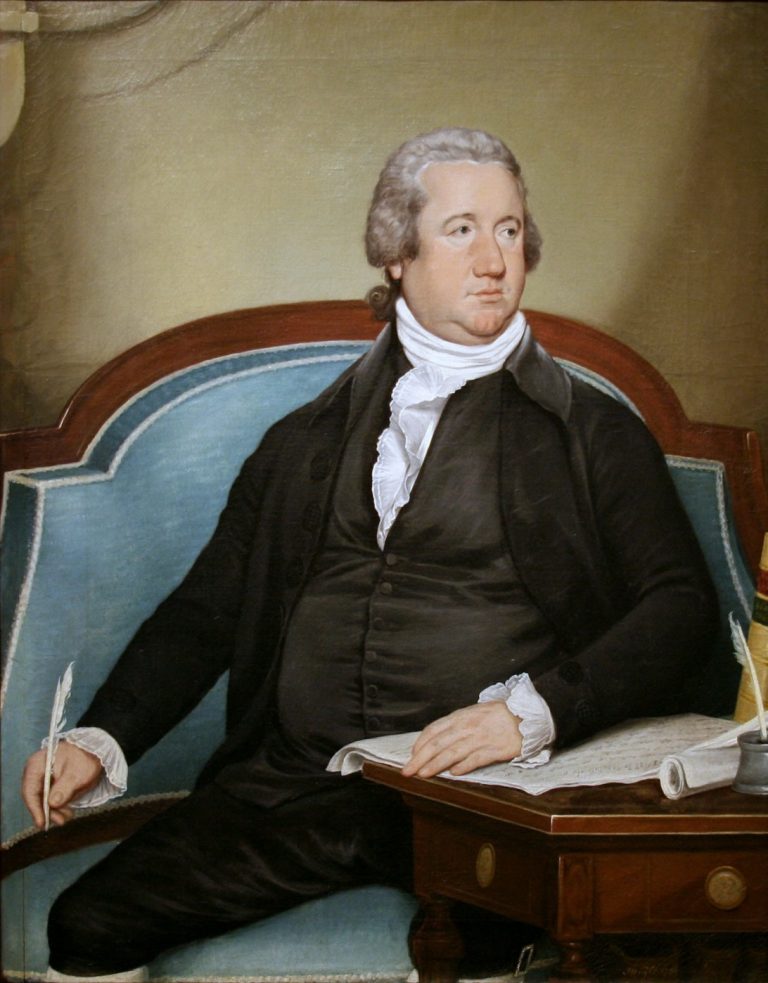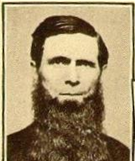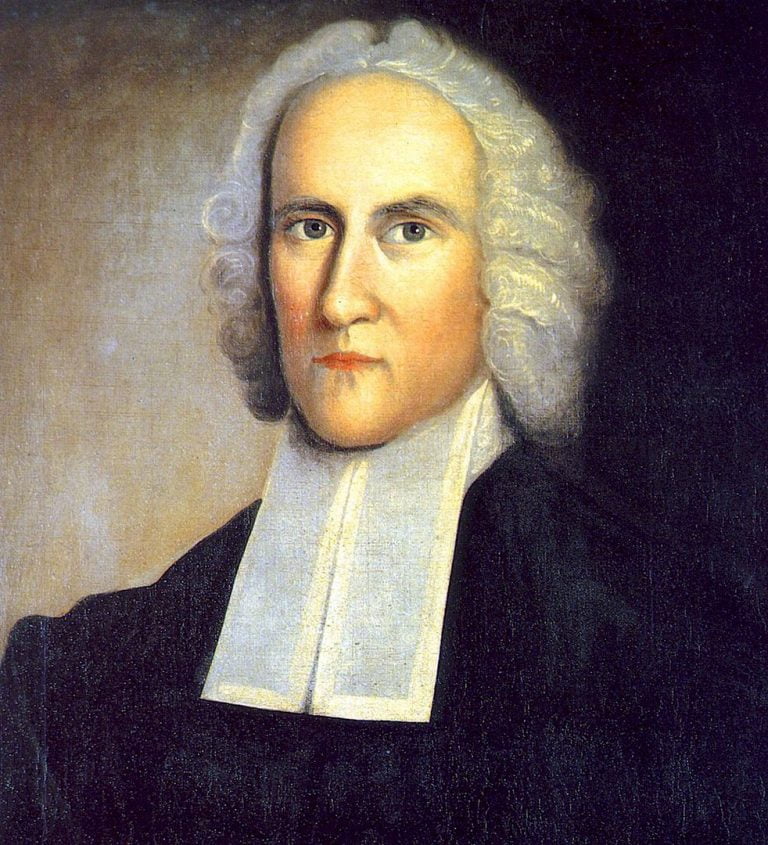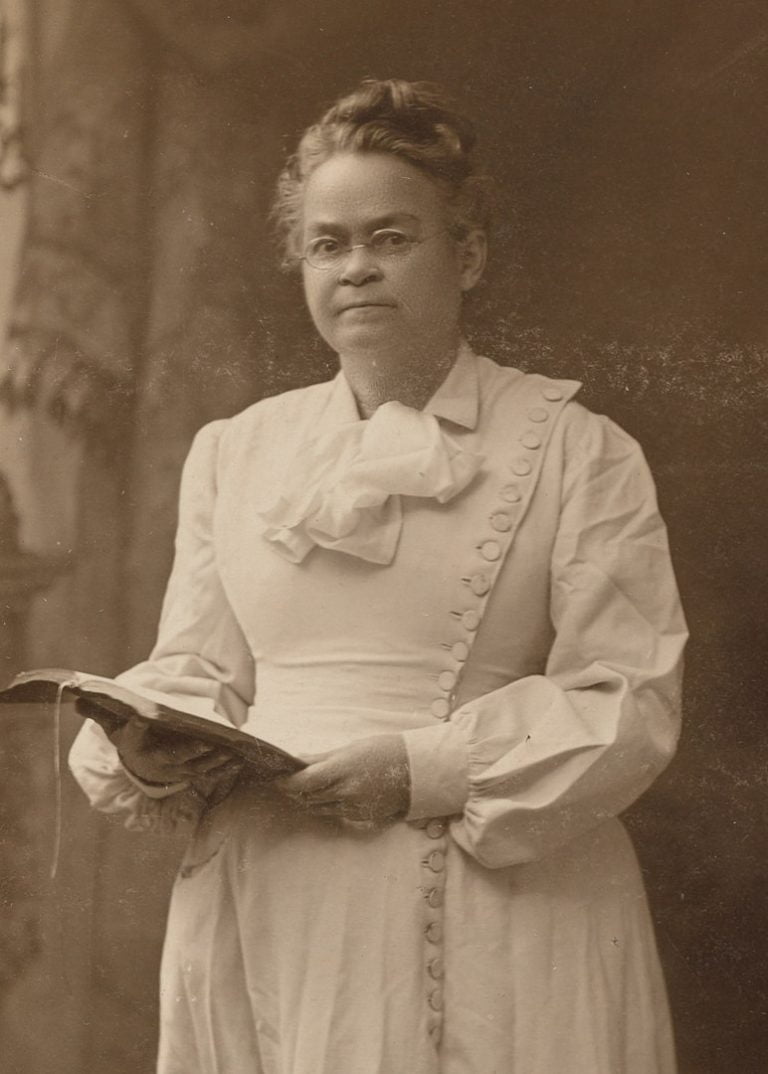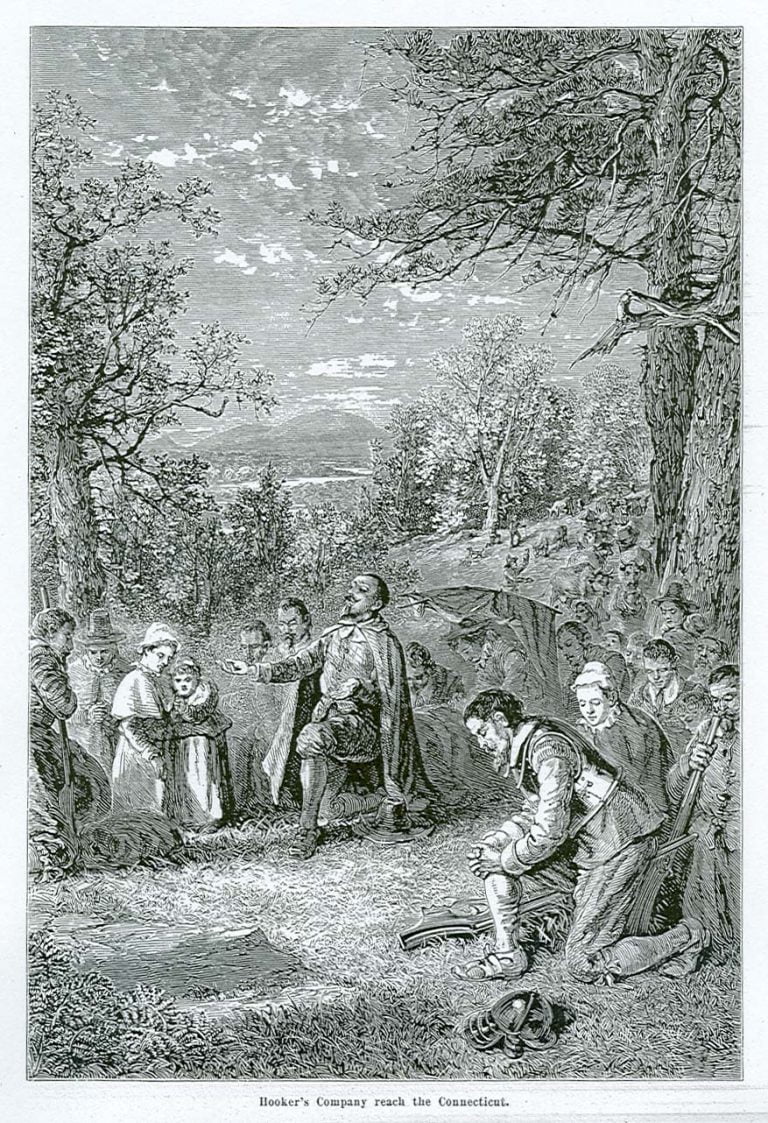Favorite
Luther Rice preached his final sermon at Pine Pleasant Baptist Church (est. 1831). His remains were laid to rest here in the churchyard, at 457 Pine Pleasant Road. Under a distinctive canopy, his tomb has a marble slab with a biographical inscription. copyrighted and used by permission from David Beale, Baptist History in England and America: Personalities, Positions, and Practices From Wikipedia: Read more...
Favorite
Hymn History: He Lives & Author: Alfred Henry Ackley “He once said, ‘The thought of His ever-living presence brought the music promptly and easily.’” (Bruce Creswell) The Origin of the Hymn “He Lives” (I Serve a Risen Savior) Few gospel hymns capture the joy and assurance of the resurrection as powerfully as “He Lives”, also known by its opening Read more...
Favorite
From Wikipedia: Upon receiving his degree in theology in 1882, Babcock became pastor of a church at Lockport, New York. He was described as having “an unusually brilliant intellect and stirring oratorical powers that commanded admiration, [that] won for him a foremost place among the favorites of his denomination”.[5] From 1887 to 1900, Babcock was senior minister of the prestigious Brown Read more...
Favorite
From Banner of Truth: This was certainly true at Hampden-Sydney and the President, John Blair Smith, also a Presbyterian pastor of two nearby, small congregations, Briery and Cub Creek, was deeply grieved. He and the members of his churches began to pray for revival in their communities and at the college. In 1788 eighty young men were at the college and Read more...
Favorite
David Brainerd (1718-1747) died at age 29, but inspired missionaries such as William Carey and Jim Eliot. He was a struggling farmer but during the Great Awakening on July 12, 1739, “the Lord… brought me to a hearty desire to exalt him, to set him on the throne, and to ‘seek first his Kingdom,’ i.e., principally and ultimately to aim Read more...
Favorite
I left Wisconsin for a visit to Myanmar (ancient Burma), where throughout the entire country the legacy of Adoniram Judson (see Plymouth, MA) is visible. During my trip, I read the biography of Judson, To The Golden Shore. When it mentioned an individual with ties to Wisconsin, I had to learn more, and started digging thru the archives. Over a Read more...
Favorite
Section S, Division 1, Lot 54 – 7 1/2 N 4 1/2 W From FindaGrave: Hymn Composer. The author of over 2,000 hymns which are still available in print, he is remembered his widely popular songs “What a Wonderful Savior!,” “Enough for Me,” “Is Thy Heart Right With God?,” “Are You Washed in the Blood?,” “No Other Friend Like Jesus,” Read more...
Favorite
James Milton Black (1856-1938) is widely known as the author of the words and music to the popular gospel song When the Roll is Called Up Yonder. He was, however, a very private person whose failure to leave much documentation about his work has frustrated musicologists for decades. No photograph of him suitable for large-size reproduction in gospel song histories, Read more...
Favorite
Reuben Archer Torrey, also known as R.A. Torrey, worked with Dwight L. Moody in Chicago, and became superintendent of what is now Moody Bible Institute, then-Chicago Evangelization Society. In 1894 he was pastor of Chicago Avenue (now Moody) Church. Heading to the West Coast, Torrey was dean of the Bible Institute Of Los Angeles (BIOLA), and in 1915 he was Read more...
Favorite
Although it is in a cemetery, this is not the grave of Phillip P. Bliss, rather his earthly remains are in the mass grave in Ashtabula, OH. However, because his home was in Rome, Pennsylvania, the cemetery features a cenotaph (a monument built to honor someone whose remains are elsewhere) to P. P. Bliss. Featured Image Credit: A. Burt Music, Read more...
Favorite
Milton Stewart (1838-1923) was described in the 1924 American Biography as: A Christian layman who gave the greater part of a vast fortune and the best thought of a keen and prescient mind to the advancement of the Kingdom to which he yielded devoted allegiance. Milton Stewart furthered great practical and religious projects in a manner distinctively his own, frequently Read more...
Favorite
On our road trip filming the first season of Our Christian Heritage TV, we had just interviewed a Philip Bliss impersonator, who shared the life and songs of the second most famous Christian hymnwriter. Philip Bliss (1838-1876), wrote many songs in our hymnals, including “Almost Persuaded,” “Wonderful Words of Life,” “Let the Lower Lights Be Burning,” “I am so glad Read more...
Favorite
Born in Kellyville, Texas, Stuart Hamblen made his way to Hollywood. A “singing cowboy” – he wrote the hit song “I won’t go hunting Jake (but I’ll go chasing women)” that placed #3 in the US for 1950. At Billy Graham’s 1949 Los Angeles Crusade, the “original juvenile delinquent” and alcoholic was converted, quit doing alcohol commercials, gambling, and horse Read more...
Favorite
Heard daily across America and around the world, J. Vernon McGee’s Thru The Bible radio broadcasts are still aired and listened to by many. Former pastor of Church of the Open Door, Los Angeles, chairman of the Bible department at BIOLA, and posthumously inducted into the NRB Hall of Fame. Exact Grave site not marked – but is Radiant Read more...
Favorite
A Presbyterian pastor with Presbyterian pastor ancestors, he was a pastor in St. Louis for 32 years. A friend of D.L. Moody and a mentor to Charles Scofield, Brookes led the premillennial dispensational movement through the Niagara Bible Conferences. The Brookes Bible Institute nearby is named in his honor. The Bellefontaine Cemetery is one of the few to have Read more...
Favorite
Sacred to the memory of Frederick Augustus Muhlenberg who was born on the 1st day of January, 1750 and departed this life on the 4th day of June, 1801 Aged 51 years, 5 months and 5 days —————————— Lutheran Pastor in Colonial America Continental Congress 1779-80, Pennsylvania Assembly 1781-84 United States Congress 1789-1797 First Speaker – House of Representatives Read more...
Favorite
Hymn History: Bringing in the Sheaves & Author: Knowles Shaw “His nickname was ‘The Singing Evangelist.’” (Graham McKay) The Origin of the Hymn “Bringing in the Sheaves” Few hymns capture the spirit of Christian labor and joyful harvest quite like “Bringing in the Sheaves.” Its simple, earnest call to sow in faith and reap in joy has encouraged countless Read more...
Favorite
Join Randy as we go on location to Princeton Cemetery, just outside of Princeton University, to the grave of America’s founding pastors. We’ll see the tomb of Aaron Burr, the graves of Jonathan Edwards (Sinners in the Hands of an Angry God), Samuel Davies (see Polegreen), and John Witherspoon. From Christian Hall of Fame: American theologian and philosopher, Jonathan Edwards, Read more...
Favorite
From Wikipedia Carrie Amelia Nation (forename sometimes spelled Carry;[1] November 25, 1846 – June 9, 1911) was an American activist who was a radical member of the temperance movement, which opposed alcohol before the advent of Prohibition. She is noted for attacking alcohol-serving establishments (most often taverns) with a hatchet. Nation was also concerned about tight clothing for women; she refused to wear a corset and urged women not Read more...
Favorite
Thomas Hooker (see his statue nearby) would continue to minister until his death in 1647. He was buried in the “Ancient Burying Ground” near the original site of the church. In 1739, First Church would move to its current spot, adjacent the Ancient Burying Ground, where it is now known as Center Church. The marker by his grave reads: Thomas Read more...
